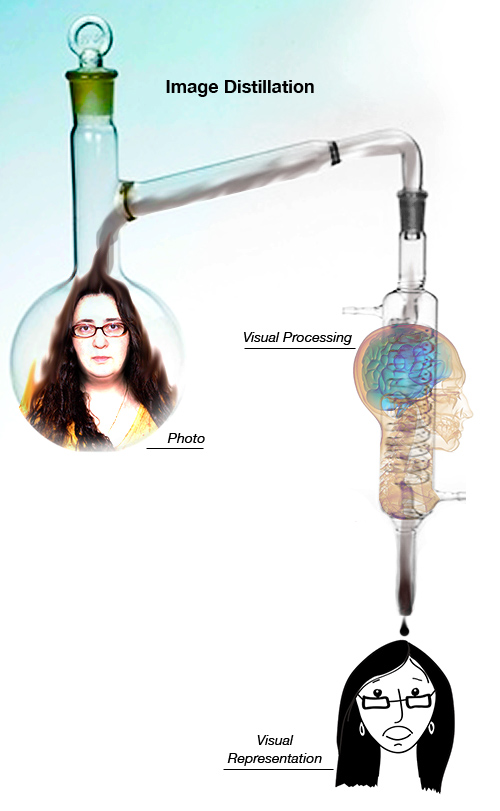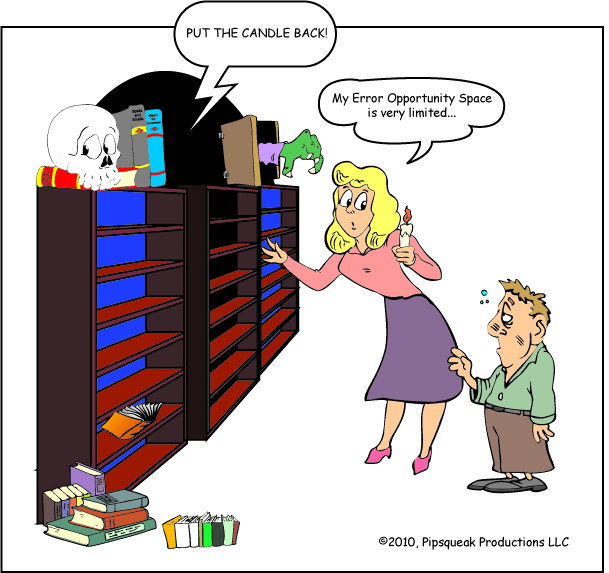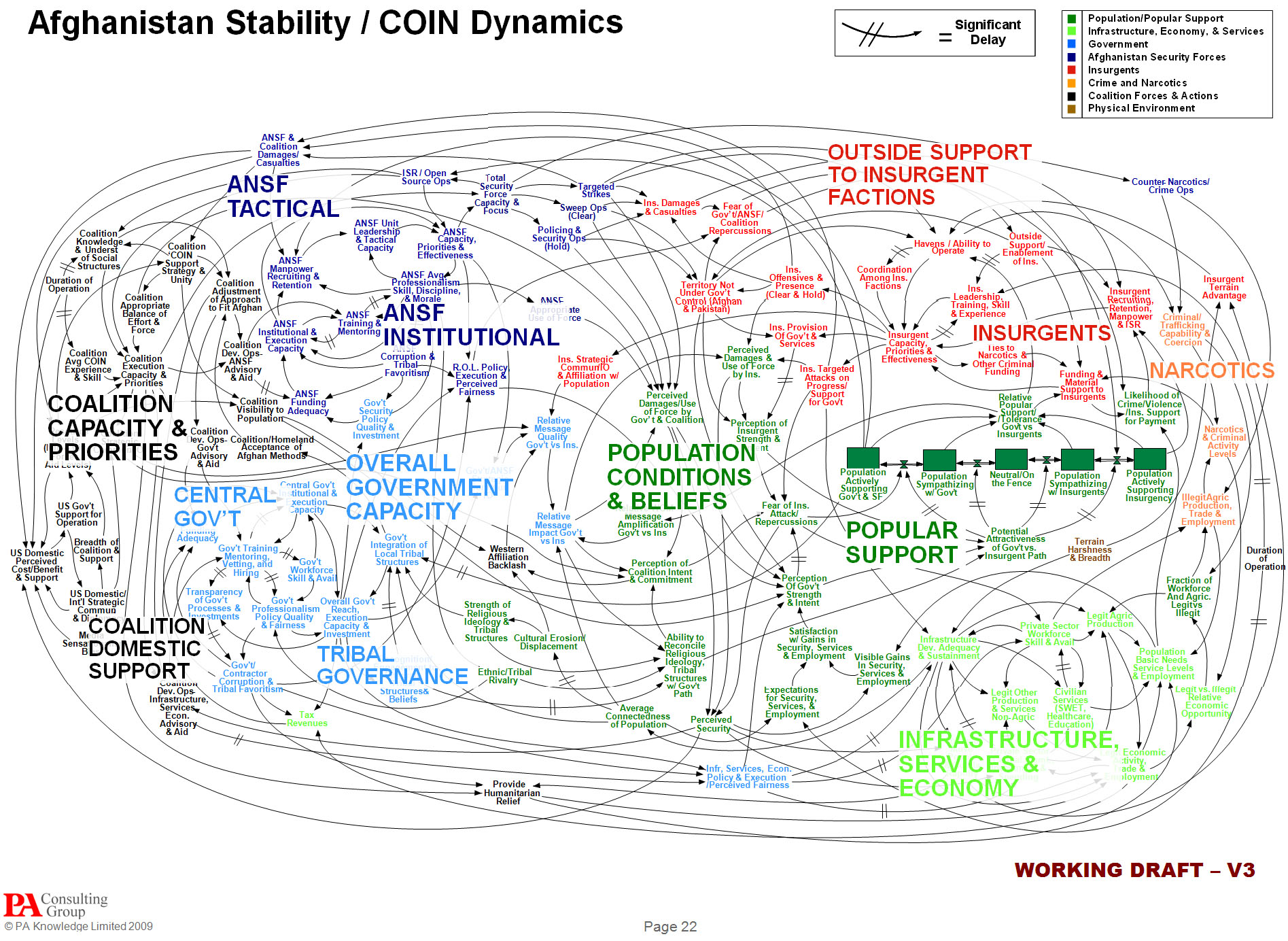Tanneeru, M. (2009). “Can Design Change the World?” CNN online. Retrieved June 23, 2010. http://edition.cnn.com/2009/TECH/11/06/berger.qanda/index.html Summary: CNN talks to Warren Berger, who wrote the book “Glimmer: How Design Can Transform Your Life and Maybe Even the World” about how greater communication through design can change the world. He shies away from speaking of this change in grandiose terms, seeking to differentiate his idea as one that stems from design’s problem-solving capabilities on a case-by-case basis. Berger asserts that design, at its core, is more than making products or spaces look good, but rather, it seeks to identify a problem or an unaddressed need and solve it through a trial-and-error process. It involves studying people and the way that they live to pinpoint ways in which their lives could be made better. This is done through much brainstorming, prototyping, and audience testing. The Internet has drastically changed the ways in which designers work, collaborate, and even identify themselves as designers. Widespread access to information has meant that knowledge can be passed on from one person to another at a quicker rate—meaning that one person’s mistakes can be learned from and not repeated. Social networking groups allow designers to connect to share…
Users
Background Knowledge, Background Knowledge Errors, Diagnostic Errors, Perception, Pipsqueak Articles, Users
Distilling Information
by Olga Werby •

When it comes to my students’ participation in this blog, it’s all about distilling information found in the news to something product designers in our midst would find useful, on a practical level. Consider the illustration below. We see a person’s face (mine in this case). We can describe some of the features. But what do we actually remember? Remembering complex visual information is hard—too many details. Recalling a drawing is easier. That’s because an artist already distilled the complexity into its essential parts—only those details that are required to remind us of a particular individual are included in the rendering. We are all pretty good at judging wether a portrait looks like the person it was intended to represent. We can quickly say if it does or if it doesn’t. But it would be difficult to explain what details in the illustration make the likeness or what’s missing from the drawing that didn’t hit its mark. Distillation of information is hard. Some people are good at it, some are not. It’s an acquired skill. And each category (e.g. sensory like visual, audio, tactile or knowledge-based like physics, economics, biology) requires its own training and its own set of talents.…
Cognitive Blindness, Errors, Ethnographic & User Data, Pipsqueak Articles, Users
Cognitive Blindness: Super-recognizers
by Olga Werby •

Health Check, the BBC World Service’s weekly round up of global health stories, did an audio broadcast on super-recognizers—people with extraordinary abilities to recognize faces. You can listen to the entire story by Claudia Hammond at http://news.bbc.co.uk/2/hi/health/8665805.stm This story deals with differences in ability to recognize faces. There are people who are so bad at it that it is a pathology—when a mother can’t recognize her child among the pupils in the day care center, it’s more than inconvenient. Then there are all those embarrassing moments when you meet someone at a party for what you think is the first time only to have that person insist that you’ve met before. And the far end of the continuum, there are the super-recognizers—individuals that never forget a face even after a very brief interaction. We only now recognize the fact of super-recognizer, because most of us are not too bad and not too good at facial recognition—we are mostly average. And our average ability to recognize faces limits our ability to spot people who could do better. We were experiencing cognitive blindness—inability to perceive cognitive differences in abilities of others. And super-recognizers, similarly, didn’t know that they were somehow different from…
Cognitive Blindness, Conceptual Design, Errors, Interaction Design, Interface Design, Pipsqueak Articles, Scaffolding, Users
Error Opportunity Space
by Olga Werby •

Confronted with one “True or False” question, an individual has a very small error opportunity space: three. There are three possible responses: true, false, or no answer. “No answer” will always be wrong, a betting man should choose one of the possible answers. But unfortunately situations where the error opportunity space is so narrow are rare. And in the real world, dealing with real problems, these spaces tend to be very large. Note that the size of the error opportunity space, EOS, makes no representations about the consequences of getting the problem right or wrong (or partially right or wrong). When the stock market tanked on May 7th, people involved in that process had a very large EOS. A week out, experts and participants are trying to figure out what went wrong and how to limit similar incidents in the future—they are trying, in effect, to drastically reduce the error opportunity space. This is a job of product designers. By analyzing the goals of the users and the system’s constraining variables, we can come up with conceptual design, interaction design, and interface design that would address the problems that were exposed on May 7th. Coming up with a solution is…
Cognitive Blindness, Conceptual Design, Contributor, Ethnographic & User Data, Interaction Design, Interface Design, Users
Before you cast that vote on the ballot this November…
by Annie •
Article: McGrath, M (2008). “Political views ‘all in the mind’.” BBC World Service. Visited on 18 September 2008 http://news.bbc.co.uk/2/hi/science/nature/7623256.stm Conceptual Design — to investigate the level of connection between a person’s political views and her/his physiological makeup, e.g. that person’s sensitivity to fear or threat. Interaction Design — small study targeting potential voters, exposing them to various sights & sounds that may provoke fear, and checking their responses against their political views on multiple issues. Subjects were first asked a series of questions regarding their political views on multiple issues (like gun control, capital punishment, abortion, etc.). Then, using electrical conductance to measure subjects’ skin & blink responses, they were exposed to a series of intentionally frightful images & sounds. This is used to determine their levels of sensitivity to fears & threats Interface Design — creepy images like a scared man with a tarantula on his face, and an open wound with maggots in it, and loud, unexpectedly intrusive noises Summary — while this study is geographically limited (conducted only in Nebraska) and statistically insignificant (n=46), it does offer an interesting hypothesis that people who are highly sensitive to threats & fears tend to support a right-wing agenda. From…
Conceptual Design, Contributor, Interaction Design, Interface Design, Product Design Strategy, Users
Reinventing the wheel to help disabled.
by BrentM •
Article: Elliot, J. (2008). “Reinventing the wheel to help disabled.” BBC NEWS. Visited on 5 September 2008 http://news.bbc.co.uk/2/hi/health/7475609.stm Summary: Wheelchair wheels are not optimally designed for wheelchair users who must travel. While the wheels may be removed from a folding wheelchair, they do not themselves pack well and must often be checked in on flights or stowed separately from the folded chair in other travel scenarios. Former Royal College of Arts (RCA) student Duncan Fitzsimons designed a folding wheel for bicycles and is modifying the design to work for wheelchair users. His design, which folds the full-sized wheel flat while allowing use of a regular tire and inner tube, gives the wheelchair user the ability to quickly stow their chair when using other modes of transportation. Conceptual design: Wheelchair wheels must be removed from wheelchairs, even folding models, to be stowed when traveling. Design a wheel which does not require removal from the chair and significantly reduces the amount of space needed to stow the chair. Interaction design: The wheel must be large, as this is the key to a wheelchair user’s independence. It should be designed to fit different budgets and performance needs. It must fold flat so it may be…
Ethnographic & User Data, Interface Design, Perceptual Focus Errors, Pipsqueak Articles, Product Design Strategy, Users
Understanding Complex Visual Information…
by Olga Werby •

…or not comprehending it, as the case may be. A few years ago, I wrote a paper about people’s ability to comprehend complex visual information such as graphs, charts, diagrams, maps, and so on. Intuitively, we are culturally-trained to believe that it’s much easier to extract information from a picture than from text. But upon testing this belief (p-prim, for those in the know), I found that contrary to the notion “a picture is worth a thousand words,” it’s much more difficult to get data from an illustration than from a story. While emotional impact might be larger with a picture, it’s not true for comprehension. You can read the results of my study at http://www.pipsqueak.com/pages/papers.html “Visual Symbolic Processing in Modern Times” paper presented at AACE ED-MEDIA Conference in 2008. Since then, I’ve collected more data, and the results are similarly aligned: problem-solving requiring higher level visual symbolic processing skills is difficult and results in communication failures. A secondary, and surprising, finding was a gender discrepancy in performance outcome testing of visual symbolic processing skills. Higher level and lower level visual symbolic processing are defined in the paper. And anyone interested in testing their visual processing skills are welcome to…
